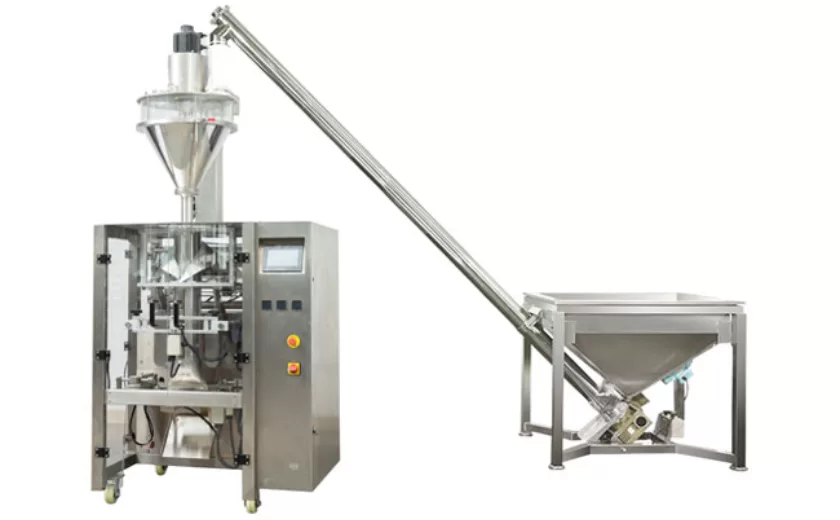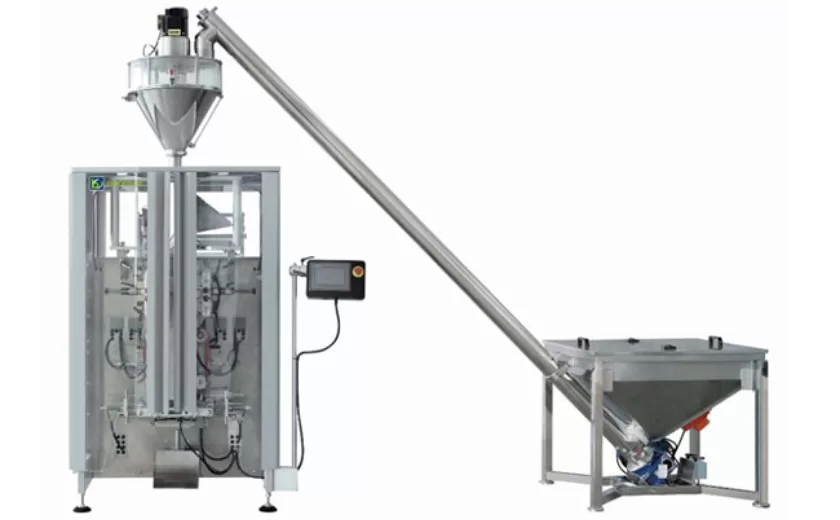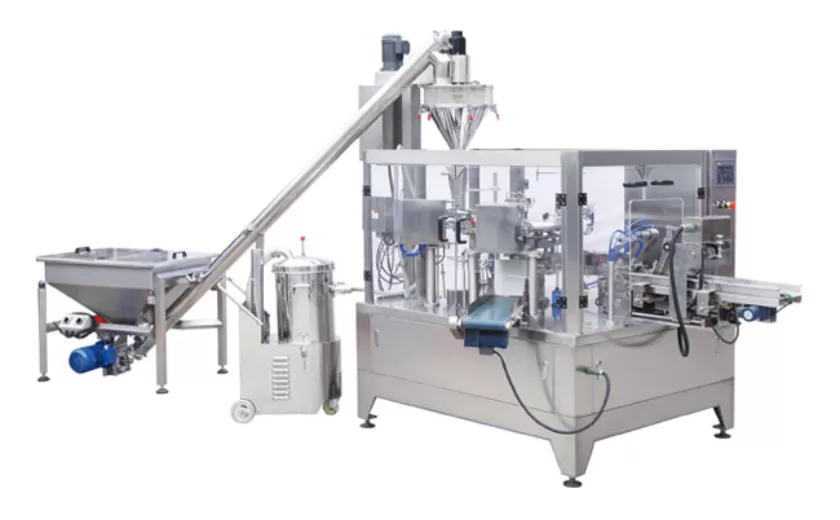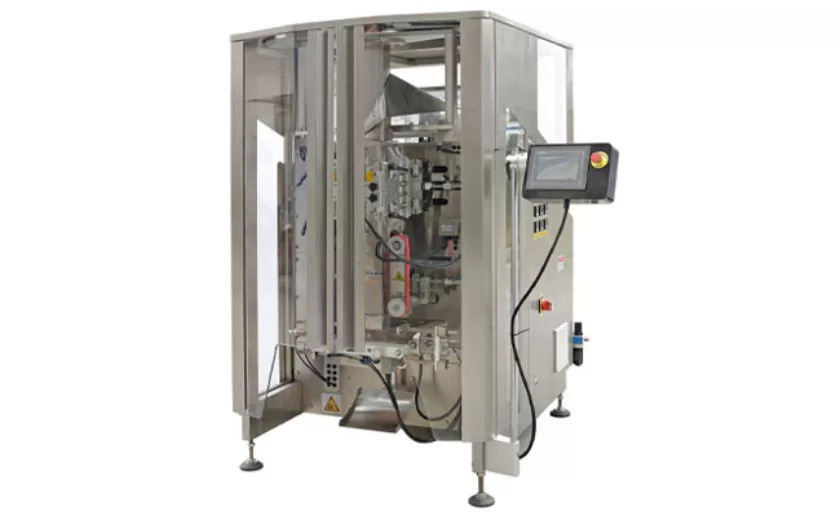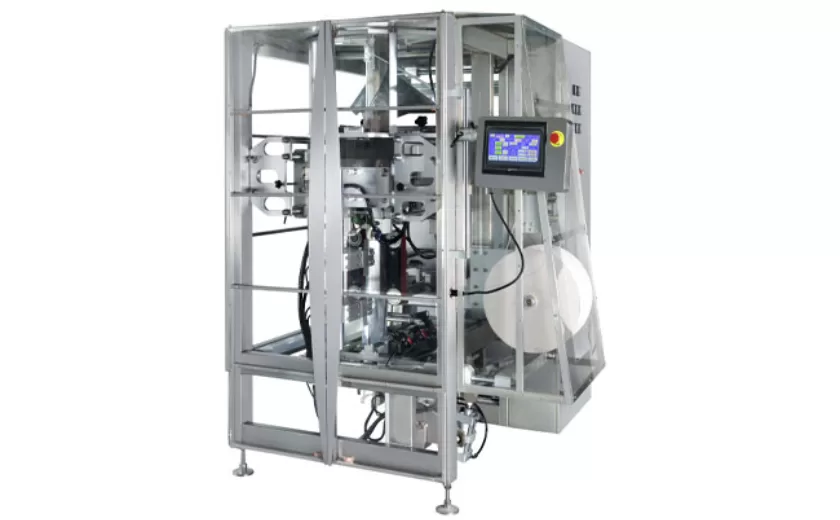The Role of Technology in Liquid Milk Packing
Liquid milk, a staple in households worldwide, requires efficient and hygienic packaging to maintain its quality and freshness. Technology has played a transformative role in this process, revolutionizing the liquid milk packing industry. This article explores the multifaceted ways in which technology has enhanced the quality, efficiency, and safety of liquid milk packaging.
Automation
Automation has streamlined the milk packing process, reducing labor costs and increasing production efficiency. Automated filling and sealing machines precisely fill containers with the desired amount of milk and seal them securely. This automation eliminates human error, ensuring uniform and consistent packaging. Additionally, automated conveyor systems transport containers throughout the process, minimizing handling and reducing the risk of contamination.
Advanced Materials
Advances in packaging materials have significantly improved the quality and shelf life of liquid milk. High-density polyethylene (HDPE) and ultra-high temperature (UHT) processing are commonly used to create lightweight, durable, and tamper-evident containers. These materials effectively barrier against oxygen and moisture, preventing spoilage and maintaining milk’s nutritional value.
Temperature Control
Temperature control is crucial for maintaining the freshness and quality of liquid milk. Automated temperature monitoring and control systems ensure that milk is stored and transported at optimal temperatures throughout the supply chain. Refrigerated trucks and cold storage facilities are equipped with sensors that continuously monitor and adjust temperature, preventing thermal fluctuations.
Traceability and Transparency
Technology enables the traceability of liquid milk products from farm to fork. Radio frequency identification (RFID) and barcoding systems allow manufacturers to track each container, providing valuable information about its origin, production date, and storage conditions. Consumers can access this information through QR codes printed on packaging, ensuring transparency and accountability in the supply chain.
Safety and Sanitation
Technology has enhanced the safety and sanitation of liquid milk packaging. Automated cleaning and disinfection systems eliminate the risk of human error and ensure thorough sanitization of containers. Ultraviolet (UV) light technology is used to sterilize packaging surfaces, eliminating bacteria and potential contaminants. Additionally, advanced sensors monitor air quality within processing facilities, detecting any deviations from hygiene standards.
Sustainability
Sustainability has become a key consideration in liquid milk packaging. Technologies such as lightweight packaging and recycled materials reduce environmental impact. Biodegradable films and plant-based coatings are being explored to further minimize waste and promote environmental sustainability.
Technology has revolutionized the liquid milk packing industry, enhancing quality, efficiency, and safety. Automation, advanced materials, temperature control, traceability, sanitation, and sustainability innovations have transformed the way milk is packaged and delivered to consumers. As technology continues to evolve, the liquid milk packing industry will continue to benefit from advancements that ensure the provision of fresh, nutritious, and safe milk products.
-
Precision Filling with Auger Type Powder Filling Machines
25-07-2025 -
Versatile Auger Packing Machines for Precision Powder Filling
25-07-2025 -
High-Precision Auger Filling Machines for Efficient Powder Packaging
25-07-2025 -
Versatile Vertical Form Seal Machines for Efficient Packaging
20-07-2025 -
Advanced Vertical Wrapping Machines for Streamlined Packaging
20-07-2025 -
Versatile and Efficient Small Vertical Form Fill Seal Machines for Modern Packaging Needs
20-07-2025 -
Reliable Solutions for Liquid Filling and Packing in Modern Production
11-07-2025 -
Precision and Efficiency with Liquid Packaging Machines
11-07-2025 -
Efficient Solutions with Granule Packaging Machines for Modern Industries
11-07-2025 -
Reliable Solutions with Auger Type Powder Filling Machines
05-07-2025





